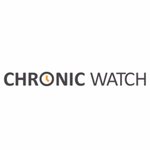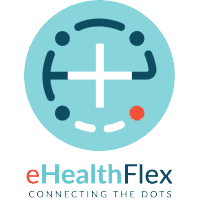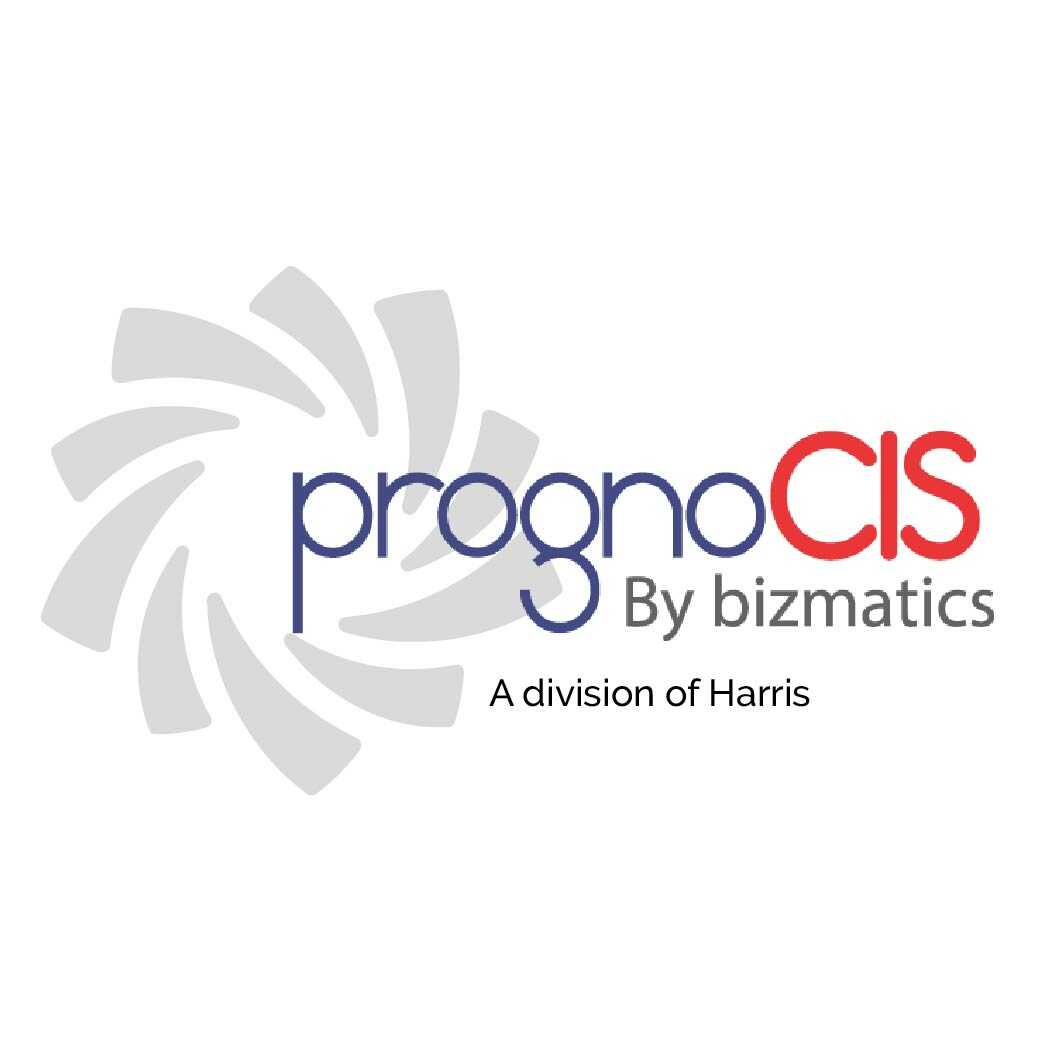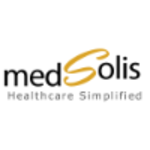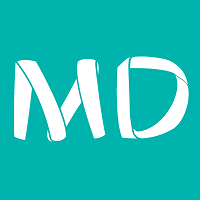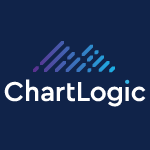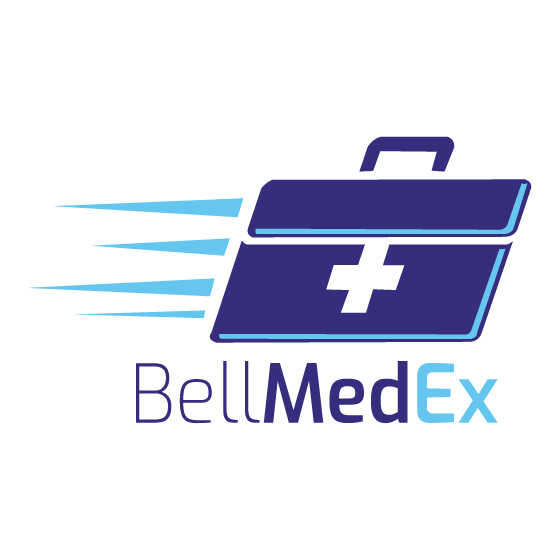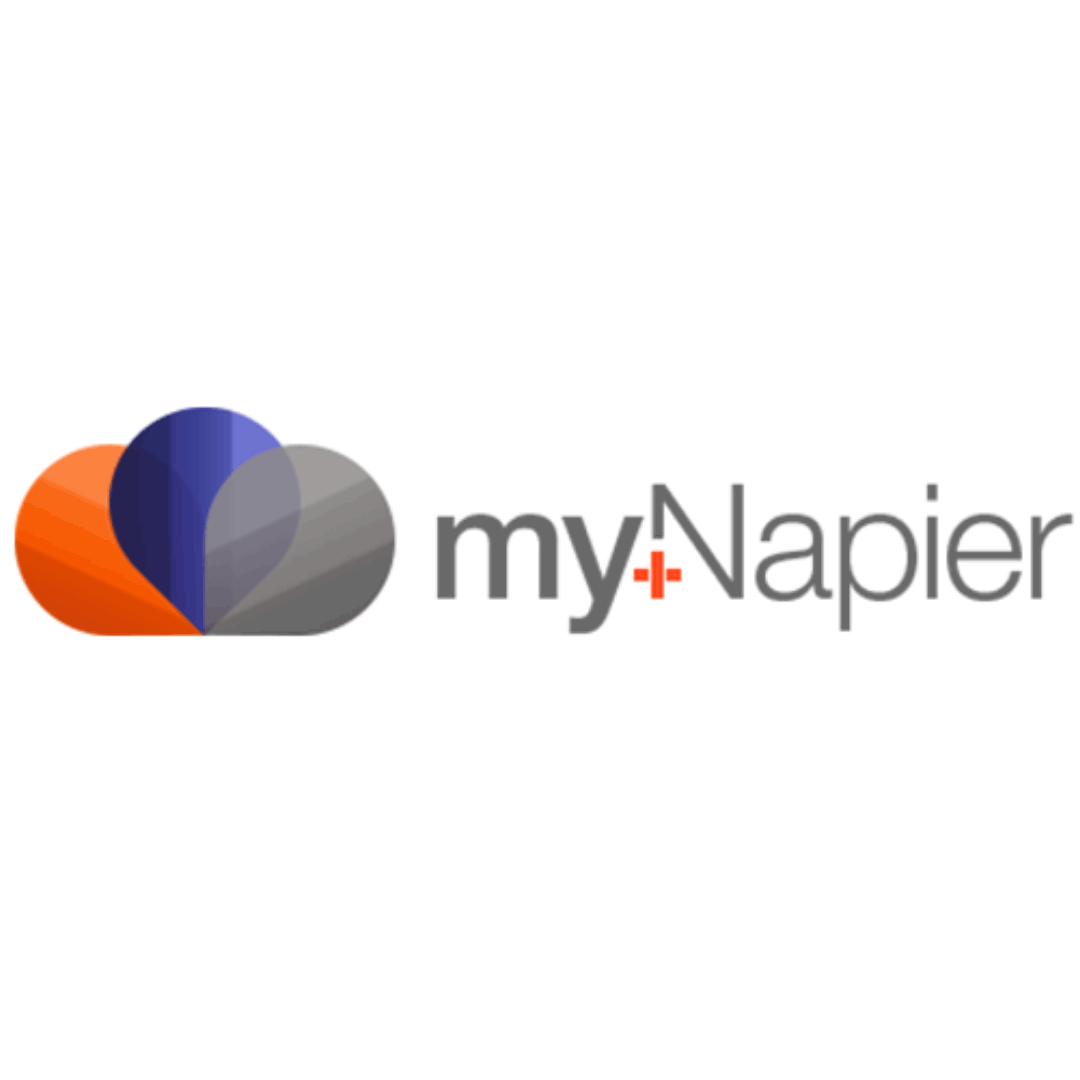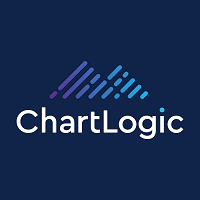What Is Patient Portal Software?
Patient portal software enables healthcare practitioners to securely and efficiently communicate and exchange medical information with their patients. It is a web-based platform that allows individuals to easily and quickly access their health records, book appointments, receive test results, and connect with their healthcare providers. Patient portal software allows patients to access their personal health information by logging in with a unique username and password.
This information could include medical records, lab findings, vaccination records, and a prescription list. Patient portal software encourages patient empowerment, engagement, and better healthcare results by giving them access to their health information. Another important aspect of patient portal software is the ability to book appointments online.
This function not only saves time for patients and providers, but it also lowers the likelihood of missed or forgotten appointments. Patients can easily view their healthcare provider's availability and book an appointment that works for their schedule without having to call the office. Furthermore, patient portal software provides a secure messaging system that enables patients to contact with their healthcare professional about non-urgent medical concerns.
This eliminates the need for back-and-forth phone calls or emails, saving time while maintaining clear and timely communication. Patient portal software can also link with electronic health record (EHR) systems, making it easier for patients and healthcare providers to share medical information. This integration also guarantees that patient data is accurate and consistent, lowering the likelihood of errors and enhancing overall healthcare quality.
What Are The Recent Trends In Patient Portal Software?
Patient portal software has become an indispensable tool for healthcare institutions in recent years, and its significance has only grown in the aftermath of the COVID-19 outbreak. To keep ahead of the curve and deliver excellent patient care, buyers must be informed of the most recent trends in patient portal software.
In this buyer's guide, we'll look at the latest trends in patient portal software and how they might help your organization.
1. Telehealth Integration: The pandemic has resulted in a huge increase in demand for telehealth, making it a top trend in patient portal software. Buyers should choose software that integrates seamlessly with telehealth systems, allowing patients to schedule virtual appointments, submit documents, and receive real-time updates via their patient portal.
2. Mobile Accessibility: Given that the vast majority of people use smartphones, patient portal software must have a strong mobile presence. The latest trend is for patient portals to include a specialized mobile app that provides the same functionality as the desktop version, allowing patients on the road to access information easily and conveniently.
3. Personalization: Personalization has become a critical component in increasing patient engagement and happiness. Buyers should seek for software that allows them to customize the patient portal, such as branding, content, and language options, to provide a more personalized experience for patients.
4. Real-Time Messaging And Alerts: Patients expect quick contact and updates from their healthcare professionals, and patient portal software is no exception. Buyers should look for software that supports real-time messaging and alerts, allowing healthcare practitioners to deliver vital updates and reminders straight to patients' portal accounts.
5. Improved Security And Data Privacy: With the growing necessity of protecting patient data, it is critical that patient portal software prioritize security and data privacy. Buyers should seek for software that adheres to industry standards and laws, such as HIPAA compliance, and includes features like two-factor authentication and data encryption.
6. AI-Powered Automation: AI technology has found its way into the healthcare industry, and patient portal software is no exception. Buyers should look into software that uses AI-powered automation to streamline procedures like appointment scheduling, prescription refills, and online payments, which can increase efficiency and patient experience.
Benefits Of Using Patient Portal Software
Patient portal software is a strong tool that improves convenience and efficiency for healthcare organizations and their patients. Patient portal software, with its user-friendly interface and comprehensive capabilities, benefits both physicians and patients.
These are the main benefits of adopting patient portal software and why it's become such an important tool for modern healthcare operations.
1. Improved Patient Engagement: One of the primary advantages of patient portal software is the ability to increase patient participation. Patient portal software empowers patients by providing access to their medical records, lab results, appointment scheduling, and other health-related information. This greater engagement eventually leads to improved health outcomes and patient satisfaction.
2. Efficient Communication: Patient portal software improves communication between patients and healthcare providers. With encrypted messaging and real-time notifications, patients may easily contact their clinicians with any queries or concerns, resulting in increased patient-provider communication and less administrative burden.
3. Enhanced Access To Care: Patient portal software allows patients to access their health information and contact with their clinicians at any time and from any location. This enhances access to care, especially for patients in rural or underserved areas who may have difficulty scheduling in-person sessions.
4. Cost-Efficient: Patient portal software lowers operational costs for healthcare practices by automating administrative chores like appointment scheduling and prescription refill requests. It also eliminates the need for paper records, which saves both time and resources.
5. Improved Healthcare Coordination: Patients with chronic diseases benefit from patient portal software because it provides an all-in-one platform for accessing all of their health information, including medication details, lab results, and scheduled visits. This improved cooperation between clinicians and patients improves chronic disease care and reduces medical errors.
6. Improved Data Security: Patient portal software is built with stringent security standards to safeguard sensitive patient data. This maintains data privacy and HIPAA compliance, giving patients confidence when disclosing personal health information.
Important Factors To Consider While Purchasing Patient Portal Software?
When contemplating purchasing patient portal software for your healthcare practice or hospital, there are numerous important elements to consider to ensure you select the best option for your requirements.
1. Integration With Electronic Health Records (EHR): One of the most crucial considerations is whether the patient portal software will work seamlessly with your current EHR system. This will allow for a more efficient flow of information and data between the two systems, lowering the possibility of errors.
2. Accessibility And Usability: A patient portal should be easily accessible to both patients and professionals. It should also be user-friendly, with a simple interface and navigation. Consider demoing the software or reading reviews to determine its simplicity of use.
3. Security And Compliance: Data security is critical in the healthcare sector. Make sure the patient portal software you chose is HIPAA compliant and has strong security mechanisms in place to secure sensitive patient data.
4. Capabilities And Customization: Because every patient portal software may have different capabilities, it is critical to decide which ones are most relevant to your business. Look for options like appointment booking, secure messaging, prescription refill requests, and lab result viewing. Also, examine whether the software enables for customization to meet your specific requirements and branding.
5. Technical Assistance And Training: It is critical to have dependable technical assistance and training while deploying new software. Look for providers who give thorough support and training to guarantee a smooth transition for your employees and patients.
6. Scalability: As your practice expands, so will your patient portal requirements. It's critical to select software that can grow with your company and handle an expanding number of patients and employees.
7. Cost: While price should not be the sole deciding factor, it is critical to consider your budget when selecting patient portal software. Look for price models that are within your budget and provide the best value for money. By carefully evaluating these aspects, you can make an informed selection about patient portal software that will benefit both your office and your patients.
What Are The Key Features To Look For In Patient Portal Software?
When looking into patient portal software for your healthcare institution, there are a few crucial characteristics to consider.
These features will improve not only the patient experience, but also your practice's general efficiency and productivity.
1. User-Friendly Design: The patient portal software should have a simple and intuitive interface that allows patients to easily navigate and retrieve their health information. This includes elements like a simple login process, well-organized menu selections, and a visually pleasing layout.
2. Secure Communication Channels: One of the key purposes of a patient portal is to facilitate secure communication between patients and healthcare providers. Look for software that provides encrypted messaging, video conferencing, and HIPAA-compliant data storage to protect patient privacy and security.
3. Online Appointment Scheduling: Providing the convenience of online appointment scheduling can significantly increase patient satisfaction while reducing the workload on your personnel. Look for patient portal software that allows patients to see available appointment times and schedule them with their preferred healthcare provider.
4. Access To Health Information: The patient portal should allow patients to easily access their health information, such as lab results, medication lists, and visit summaries. The information should be displayed in a clear and understandable way, and it should be updated on a frequent basis to reflect the most recent statistics.
5. Integration With EHR Systems: One important feature to look for in patient portal software is the ability to integrate with your existing electronic health records (EHR) system. This ensures that patient information is seamlessly moved between the two systems, lowering the possibility of errors and saving time for your personnel.
6. Patient Education Resources: A well-designed patient portal will provide educational resources to assist patients in better understanding their medical issues and treatments. Look for software that offers access to credible and current information, such as articles, videos, and infographics.
7. Mobile Accessibility: In today's digital age, it's critical to select patient portal software that works on mobile devices. This would allow patients to easily access their health information on the go, increasing their participation with their healthcare. Consider these critical aspects while selecting patient portal software for your healthcare firm. A powerful and user-friendly patient portal will benefit not just your patients, but also your practice's efficiency and effectiveness.
Why Do Businesses Need Patient Portal Software?
As the healthcare industry adapts to digital transformation, the use of patient portal software has become increasingly important to organizations. Patient portal software helps healthcare providers improve patient engagement, communication, and administrative operations.
Below are a few reasons why organizations use patient portal software:
1. Enhances Patient-Provider Communication: One of the key advantages of patient portal software is that it facilitates smooth communication between patients and healthcare providers. The site allows patients to securely exchange messages, request appointments, and even obtain test results. This decreases administrative load while simultaneously increasing patient happiness and participation.
2. Increases Efficiency: Patient portal software allows organizations to streamline administrative duties such as appointment scheduling, patient information management, and payment processing. This not only saves time, but also lowers the likelihood of human error, resulting in enhanced efficiency and output.
3. Improves Patient Engagement: Patient portal software empowers patients by providing access to their health information, such as lab results, medication lists, and treatment plans. This not only keeps patients informed about their health, but also encourages them to become more involved in their care. As a result, patient happiness and engagement improve.
4. Supports Remote Patient Monitoring: With the advent of telehealth, patient portal software has become increasingly important for organizations. It enables remote patient monitoring, allowing patients to track and share health data with their healthcare providers. This allows doctors to make more educated decisions about the patient's care, resulting in improved health outcomes.
5. Aids Meaningful Use Compliance: Patient portal software assists businesses in complying with the Meaningful Use program by providing patients with internet access to their health records. This not only helps businesses comply with regulatory regulations, but it also improves care quality and patient outcomes.
How Much Time Is Required To Implement Patient Portal Software?
The implementation time for patient portal software varies based on the platform and scope of the project. On average, it can take between 3-6 months from start to end. The first stage in deploying patient portal software is usually planning, which entails deciding on the features and functionalities that will be included, as well as any integrations with other systems.
This can take up to two weeks, depending on the project's intricacy. After the planning step is completed, the implementation process can begin. This includes configuring, testing, and ensuring that the program fulfills all of the required specifications. This phase can last 6-10 weeks, depending on the size of the business and the program being introduced. After the program has been configured and validated, the next stage is to teach and onboard both personnel and patients.
This can take between 2-4 weeks, with additional time required for continuous training and assistance. Overall, the installation time for patient portal software might range from 3 to 6 months, depending on each organization's individual demands and requirements. It is critical to collaborate closely with the software provider to guarantee a seamless and effective installation.
What Is The Level Of Customization Available In Patient Portal Software?
Patient portal software allows for varied amounts of customisation, depending on the software vendor and their capabilities. Generally, these software solutions are intended to be highly configurable to match the specific demands of individual healthcare practices.
Let's take a deeper look at the many levels of customisation offered by patient portal software.
1. Branding And Design: The majority of patient portal software allows for extensive customization of branding and design. This means that healthcare providers can customize the gateway with their logo, colors, and graphics to maintain their brand identity. Some software even allows you to customize the layout and user interface to meet your practice's specific needs and preferences.
2. Content And Functionality: Patient portal software allows you to customize the portal's content and functionality. Healthcare practices can customize the features and functionality on their portal to meet their individual needs. Appointment scheduling, encrypted messaging, online bill payment, and access to medical data are all features that can be adjusted to the needs of the practice.
3. User Permissions And Access: Customization options include user permissions and access management. This means that healthcare practices can set multiple levels of access for various users, such as patients, doctors, and administrative staff. For example, doctors may have access to patient medical records, whilst patients can only see their own records and appointments.
4. Integration: Patient portal software must be integrated with other healthcare systems. Customization possibilities enable healthcare practices to smoothly integrate the program with their existing EHR or practice management systems. This enables a steady data flow and increases overall efficiency.
5. Language And Accessibility: Patient portal software allows clinics that serve a varied population to customize language and accessibility settings. This means that the gateway can be translated into multiple languages, making it more accessible to patients who do not speak English well. In addition, the program can be made more accessible by include capabilities such as screen readers and keyboard navigation for people with disabilities.
Which Industries Can Benefit The Most From Patient Portal Software?
Patient portal software is quickly becoming a vital tool for healthcare professionals looking to increase patient involvement, expedite communication, and improve the entire patient experience. With the ability to securely store and distribute personal patient information, this software has the potential to help a wide range of healthcare sectors. Patient portal software can assist healthcare facilities such as hospitals, clinics, and doctors' offices the most.
Using this software, these facilities can simply exchange medical information, test results, and treatment plans with their patients, resulting in a more personalized and convenient experience. It also enables patients to book appointments, make payments, and connect with their healthcare providers, decreasing administrative stress and increasing overall efficiency.
Patient portal software can help not only typical healthcare facilities, but also specialist clinics such as mental health, physical therapy, and chiropractic. These clinics frequently have particular patient communication and record-keeping requirements, which a tailored patient portal may efficiently meet. Patient portal software can also considerably help home healthcare providers, such as hospice care and in-home nursing services.
Because these clinicians work remotely and rely on communication with their clients and families, a patient portal can promote secure and efficient communication, ensuring that all parties involved are on the same page regarding the patient's treatment plan. Furthermore, dental practices can use patient portal software to improve patient communication while reducing administrative workload.
Patient portal software provides convenience for both patients and dental office staff by allowing them to securely store dental records, appointment reminders, and online bill payments. Finally, pharmaceutical companies can gain from patient portal software. This software allows pharmaceutical companies to quickly interact with healthcare practitioners and patients about prescription refills, medication information, and clinical trial opportunities.
Conclusion
Finally, when looking for the best patient portal software, it is critical to evaluate your specific requirements as well as the features provided by various providers. It is critical to prioritize features such as ease of use, security, customization possibilities, and integration capabilities. Furthermore, completing extensive research, soliciting opinions from other healthcare professionals, and arranging a trial period can all help you make an informed choice.
Finally, selecting the appropriate patient portal software can significantly boost patient involvement, streamline administrative chores, and increase overall efficiency in your healthcare business. We hope this guide has offered useful information and helped you narrow down your selections to discover the best fit for your individual requirements.

